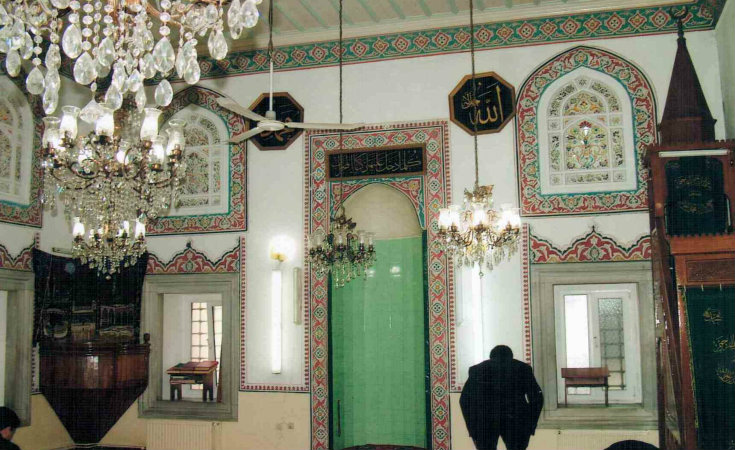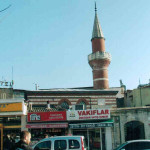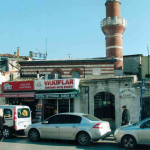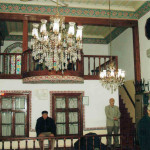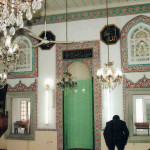Selmanağa Camiisi (Selmanaga Mosque)
Located across from the Grand Baths, the Selmanaga Mosque was originally built on the orders of Selman Ağa, who was the chief eunuch supervising the slave girls in the palace in 1506.
Located across from the Grand Baths, the Selmanağa Mosque was originally built on the orders of Selman Ağa, the chief eunuch supervising the slave girls in the palace in 1506.
He was executed on the decree of Sultan Bayezid II and his tomb is found to the right of the mosque entrance, next to the famous three-faced Horhor fountain.
Mosque is a place of worship for Muslims. It comes from the Arabic word 'masjid' which literally means "a place for prostration". Mosques are also places where Muslims come together for different purposes such as education, social gatherings, public meetings, exhibitions, lectures etc. Although there is no specific requirement for mosques in terms of their architecture, one can see some common features inside and outside of many mosques such as minarets, domes, ablution areas, prayer niche (mihrab), pulpit (minbar) and so on.
Muslims are obliged to perform the ritual worship 5 times a day. They are not required to attend a mosque for each of these prayers however in order to interact with the community they are encouraged to pray in congregation. Friday noon is the only time in a week when Muslims must definitely join the congregational prayer in a mosque after which they can continue their work, education or other commitments.
Azan or the call for prayer is a vocal announcement that one can hear from minarets 5 times a day. The call to prayer is made live -even early in the morning- by a person called 'muazzin'. The muazzins are usually chosen from people with loud and beautiful voices and trained over years to make this announcement beautifully and invite people to worship.













